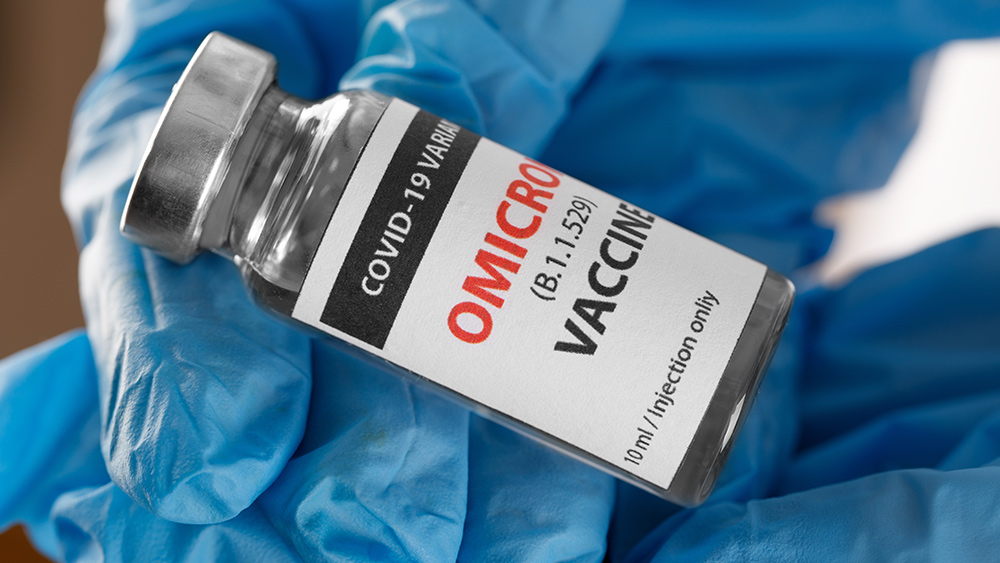
Earlier studies have tried to target the tumor cells. However, cancerous cells frequently mutate, which makes them hard to pin down.
Researchers from the Massachusetts Institute of Technology (MIT) switched their targets. They went after the extracellular matrix (ECM) that enveloped cancer cells.
The ECM is a protein network that surrounds a cell. It provides signals related to growth and survival.
An investigation of the ECM uncovered large numbers of distinct proteins that only appeared in areas around tumors. Healthy tissues did not possess these ECM proteins.
Further, the ECM proteins did not undergo mutations. They remained the same even as the tumor cells changed and cancer spread from the original site.
“Targeting the ECM offers a better way to attack metastases than trying to prevent the tumor cells themselves from spreading in the first place, because they have usually already done that by the time the patient comes into the clinic,” explained MIT researcher Richard Hynes. (Related: TCM’s Yanghe Huayan found to have potent anti-tumor effects against breast cancer.)
Alpaca antibodies may help find and treat cancer tumors
To target the ECM proteins, the MIT researchers gathered examples of immune reagents. They chose antibodies from the alpaca — a South American relative of the camel — for their small size.
Their concept involved sending the alpaca-derived nanobodies into a cancer patient's body. Upon coming across ECM proteins of cancer tumors, the antibodies would bind themselves to their targets.
Antibodies produced by the immune system of other animals — including humans — have a pair of heavy protein chains and a pair of light chains.
In comparison, camelid antibodies contain only two copies of a single heavy protein chain. Nanobodies that got taken from these antibodies would make up a single binding domain of much smaller size.
Compared to typical antibodies, the alpaca-derived nanobodies will reach deeper into human tissue. They will also exit the circulatory system faster upon the conclusion of the therapy.
Initially, the nanobodies will make it easier to detect early lesions. Eventually, antibodies might help treat the cancer cells.
Hynes' team developed the nanobodies by exposing alpacas to either ECM proteins or ECM-enriched preparations taken from samples of colorectal or breast metastases from human cancer patients.
Once the alpacas developed immunity to the ECM proteins, the researchers took blood samples. They extracted RNA from the blood cells and isolated the antibodies that specifically targeted ECM.
Antibody-based approach also works on other diseases
The MIT researchers tested an antibody that went after EIIIB, a protein fragment present in the ECM of many tumors. They injected the modified nanobodies into mice with cancer and scanned the animals using non-invasive PET-CT imaging.
The scans showed the metastases and tumors very clearly. The antibodies found the ECM protein and made the latter easy to spot in images.
The nanobodies may also bring a therapeutic agent to the tumor or metastasis.
“We can couple almost anything we want to the nanobodies, including drugs, toxins or higher energy isotopes,” Hynes remarked. “So, imaging is a proof of concept, and it is very useful, but more important is what it leads to, which is the ability to target tumors with therapeutics.”
The nanobodies may also serve to detect and treat non-cancer diseases. Cardiovascular, inflammatory, and fibrotic issues all affect the proteins in the ECM.
By identifying the ECM proteins associated with the disorder and preparing the right antibodies, researchers may spot a potentially deadly disease early on.
Sources include:
Please contact us for more information.























